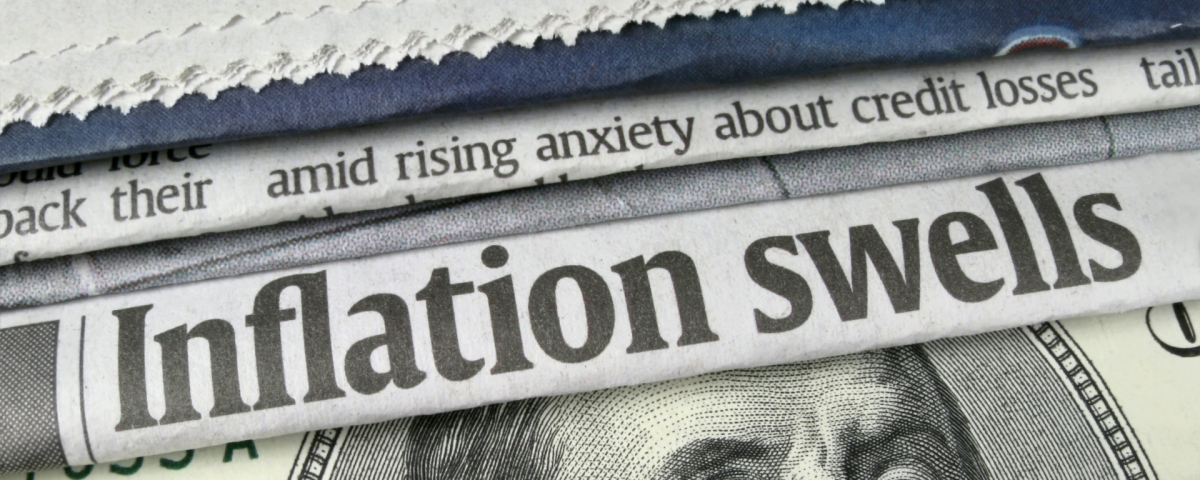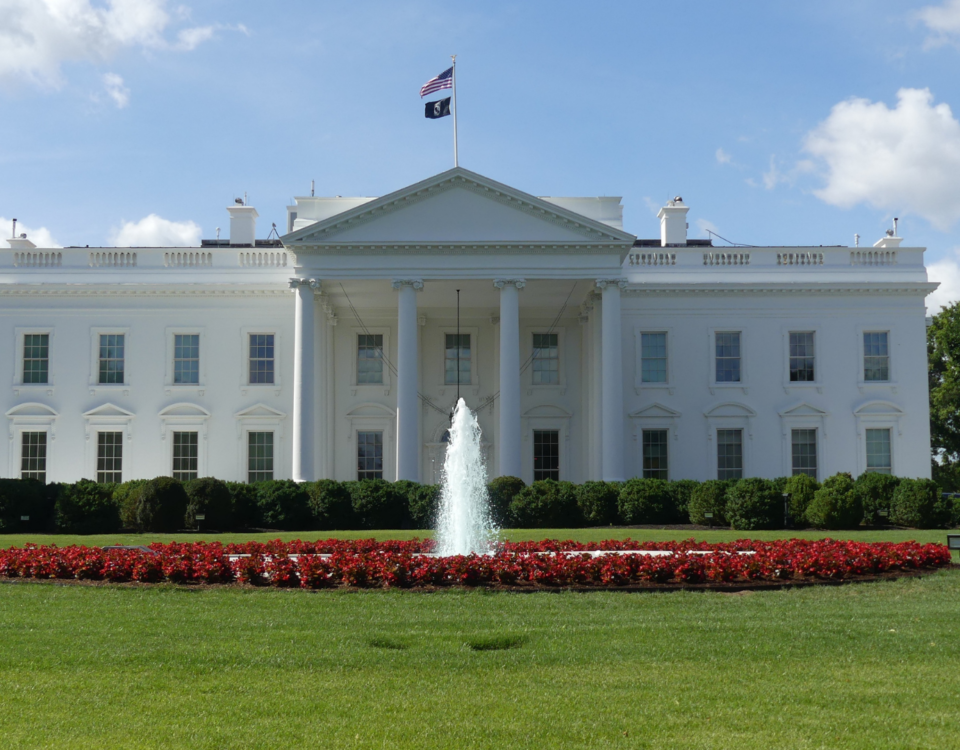
Intellicast S5E24 – A Future of Insights Summit Recap
August 19, 2022
You’re Cancelled! Public Perception of Cancel Culture
August 24, 2022It hasn’t gone unnoticed that every other headline in our newsfeed has something to do with inflation and its influence on everything from gas and groceries to healthcare and politics. In our latest round of research-on-research, we asked respondents about their concerns about current and future inflation.
Overall, just more than half of all respondents are extremely concerned about current and future inflation with 77% of people being in the top 3 box of being concerned about inflation.
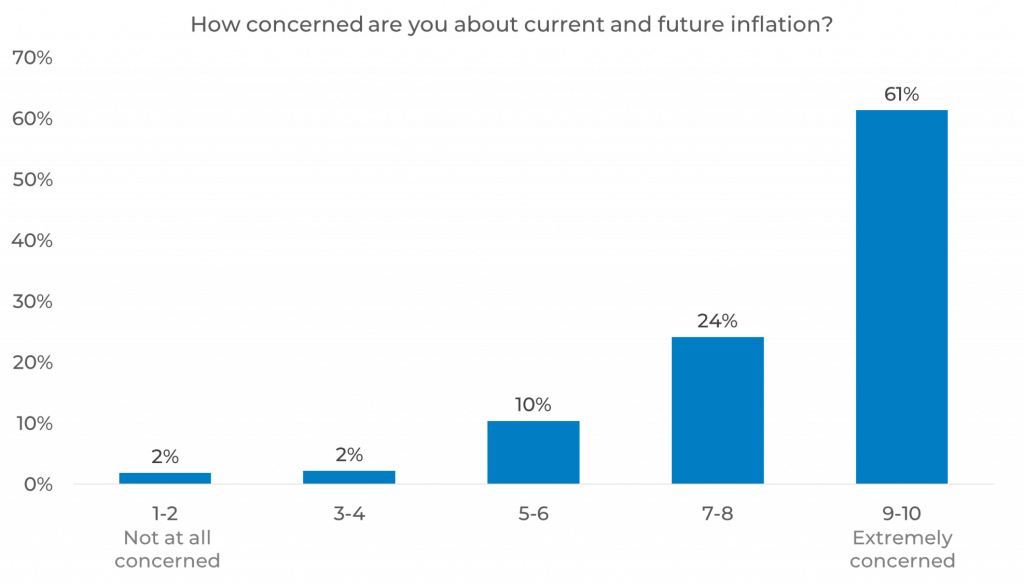
Age
When it comes to age, 45-54 and 65-74-year-olds are the most concerned about current and future inflation while 18-24-year-olds are the least likely to be concerned about current and future inflation. In fact, people over the age of 65 are at least 13% more likely to be concerned about inflation than those aged 18-24.
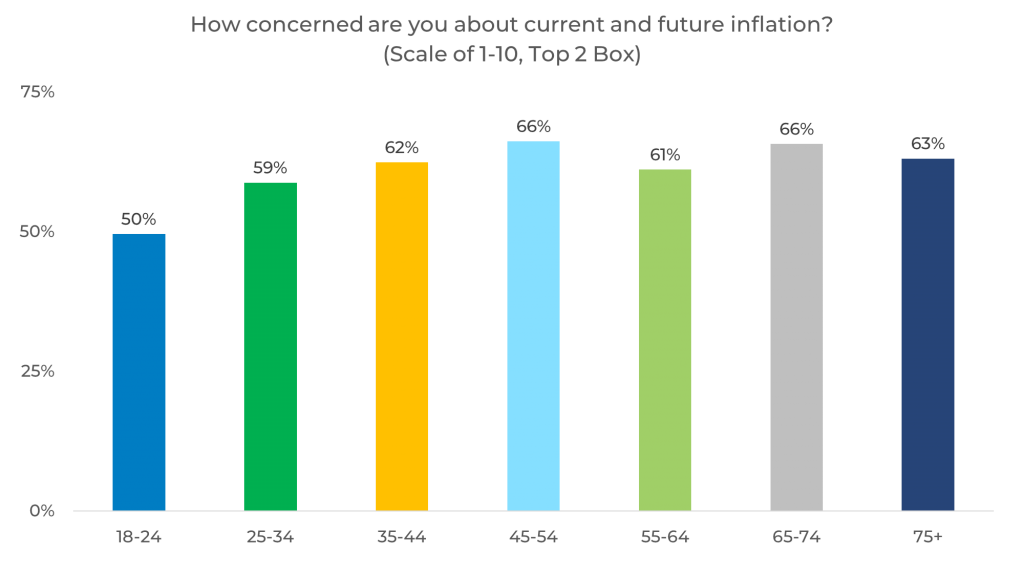
Political Affiliation
When looking at political affiliation, Republicans are 24% more likely to be concerned about current and future inflation than Democrats.
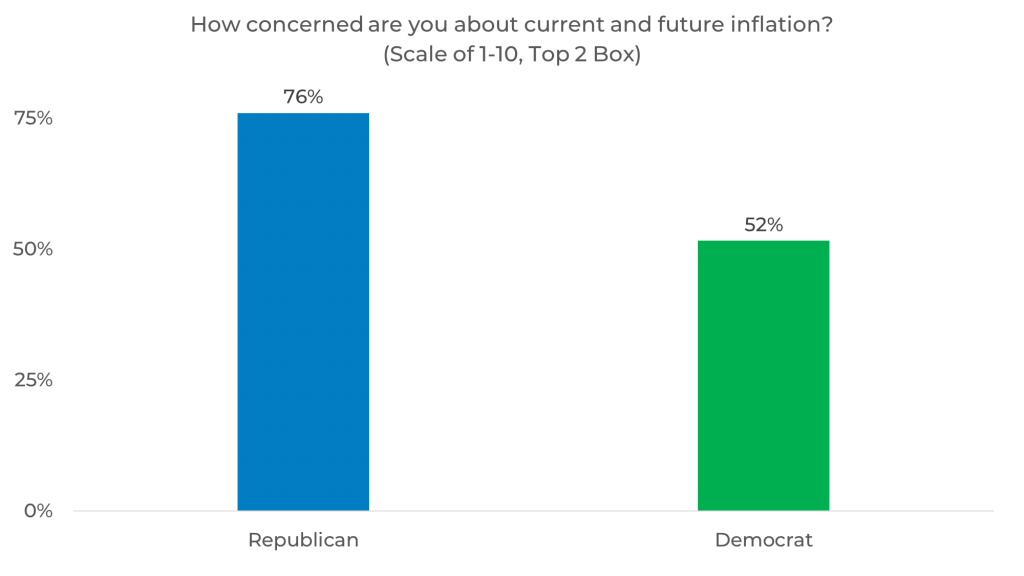
Income
We also looked at concerns by income. People with incomes below $15,000 are the least likely to be concerned about current and future inflation. People with incomes between $75,000 and $99,999 are the most likely to be concerned about inflation and are 12% more likely to be concerned than those with incomes below $15,000. People with incomes over $150,000 are only 3% more likely to be concerned about inflation than people with incomes below $15,000.
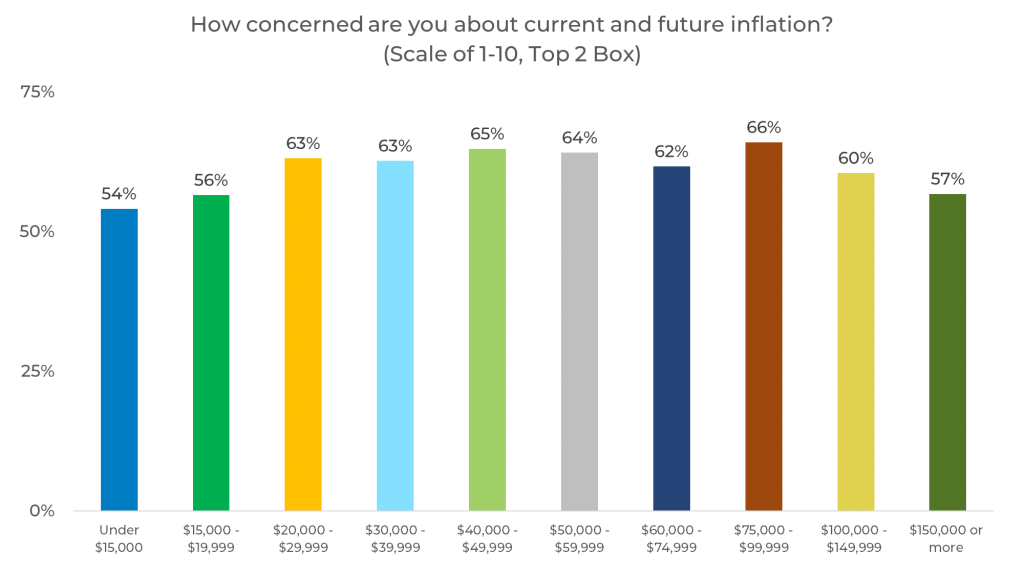
Panel
Finally, when looking at concerns for inflation by panel, we see up to a 9% difference as seen between Panels L and P. This can be due to a variety of reasons like panel makeup, panel management, and more. Every panel is different and always changing which is why we recommend strategically blending panels.

Inflation is a topic that is constantly flooding our news sources and headlines so it is easy to imagine that most people would have a similar opinion on it. However, as we see in this blog, public perception can vary greatly by both demographic and panel. That’s why strategic sample blending is a best practice to ensure your data is safe from sample bias. To learn more about hot topics like this and how panels are different, download your copy of The Sample Landscape: 2022 Edition.

